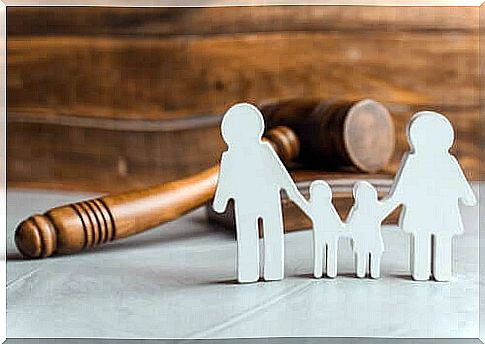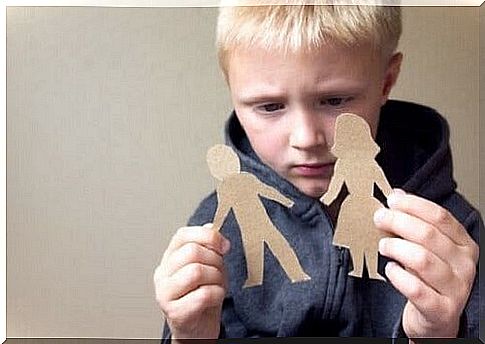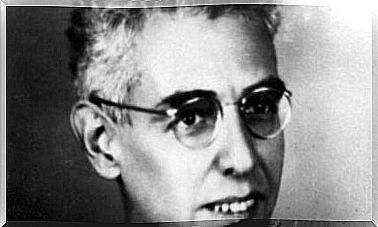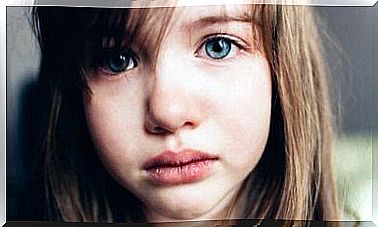The Legal Aspects Of Joint Custody

The legal aspects of joint custody involve several rules that allow for a distinction to be made. First, it is very important to look at the concept of parental responsibility.
These are the rights and obligations that a parent has towards their own child. On the other hand, there are also the concepts of guardianship and co-parenting. This concerns the rights and obligations to care for one’s own child and to maintain close contact with the child.
Usually both concepts go together with the role of the father or the mother. The parents have parental responsibility. At the same time, they also have co-parenting and custody of their children. However, this is not always the case.
In fact, a parent can have parental responsibility over the minor, but not co-parenting and guardianship. However, when the parents lose parental responsibility, they also lose co-parenting and custody.

What happens to custody and co-parenting after a divorce?
Legislation on this matter is different in each country. Usually, however, the aim of the laws is to take measures that affect the children as little as possible.
The obligations imposed by law stem from parental responsibility. Regardless of the regulatory agreement, it affects both parents equally. Both parents will therefore keep to their obligations, even if only one of the two is entitled to take care of the children.
Joint custody or “shared” custody
We’ve mentioned it before. Co-parenting and guardianship (a concept separate from parental responsibility) include living, caring for and supervising the children. These are two types of joint custody when we talk about divorce or separation:
- Any guardianship. When only one parent has custody of the children and lives under the same roof with them. Usually the other parent then has visitation rights.
- Joint Custody or “Shared” Custody. This is about the principle of maintaining legal and physical guardianship while preserving the full exercise of parental rights.
The legal aspects of joint custody
As mentioned before, the legal aspects of joint custody comprise several rules. It is very important to understand those rules. First, joint custody occurs when both spouses agree to it in a regulatory agreement or at any other stage of the divorce process.
In addition, the agreement must be recognized by the court. In order for this to happen, the proposal must monitor the well-being of the children. In other words, joint custody must be a choice that is particularly good for the child or minor.
If this is not the case, the proposal will not be approved and will not be implemented. If the judge finds that there is any sign of domestic violence, he will not allow joint custody.
In reality, however, there are no actual guidelines on how to apply joint custody that is completely good for the child.
Ultimately, the reality is that children in this situation live with one of their parents for a while and then with the other. This creates a feeling of instability. It destroys any attempt to protect the minor’s well-being.
Some believe that it is much more beneficial to leave the child in the hands of only one parent when both parents still have parental responsibility.

That is also the reason, and possibly motivated by the previous theory, that children over 18 have the freedom to choose where they want to go. So if they don’t want to live in joint custody, they can decide with which of the parents they want to live permanently.









